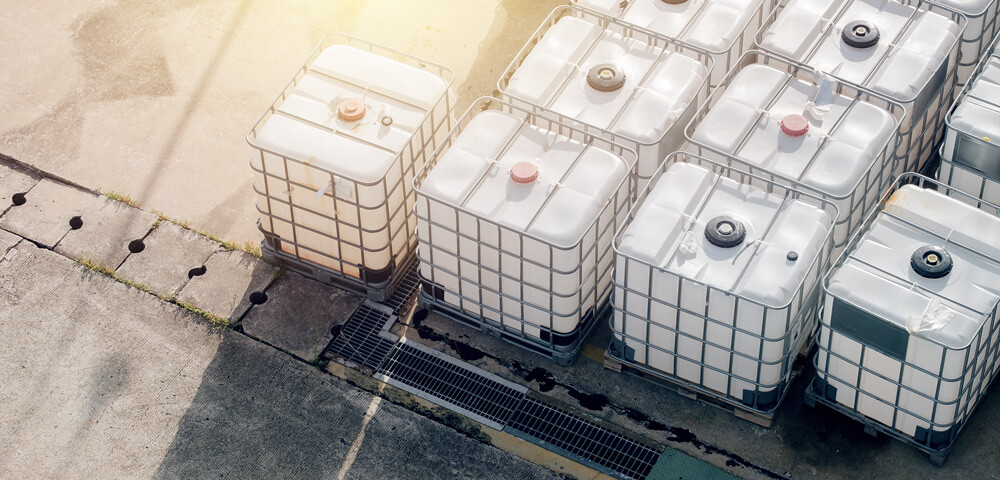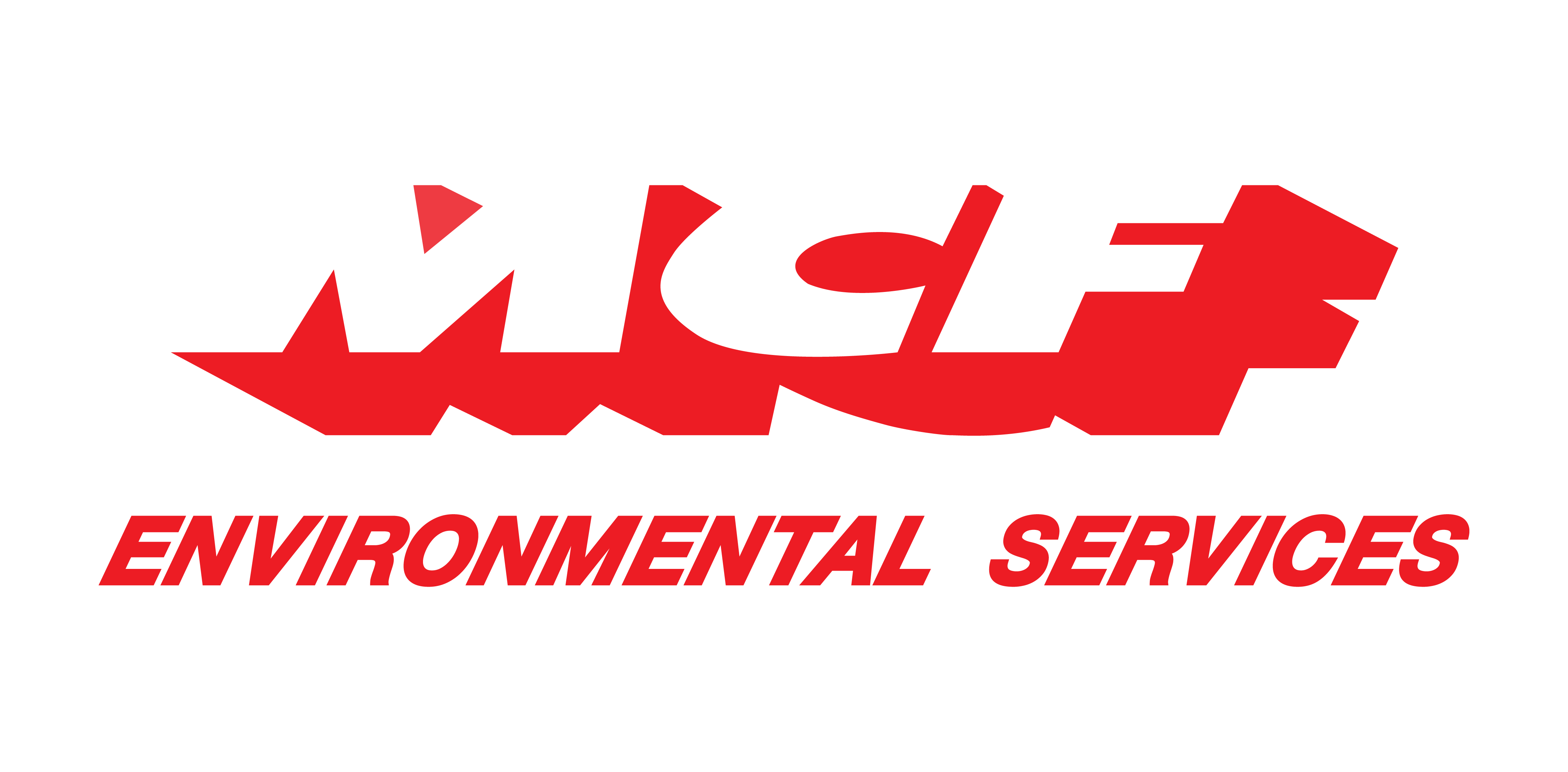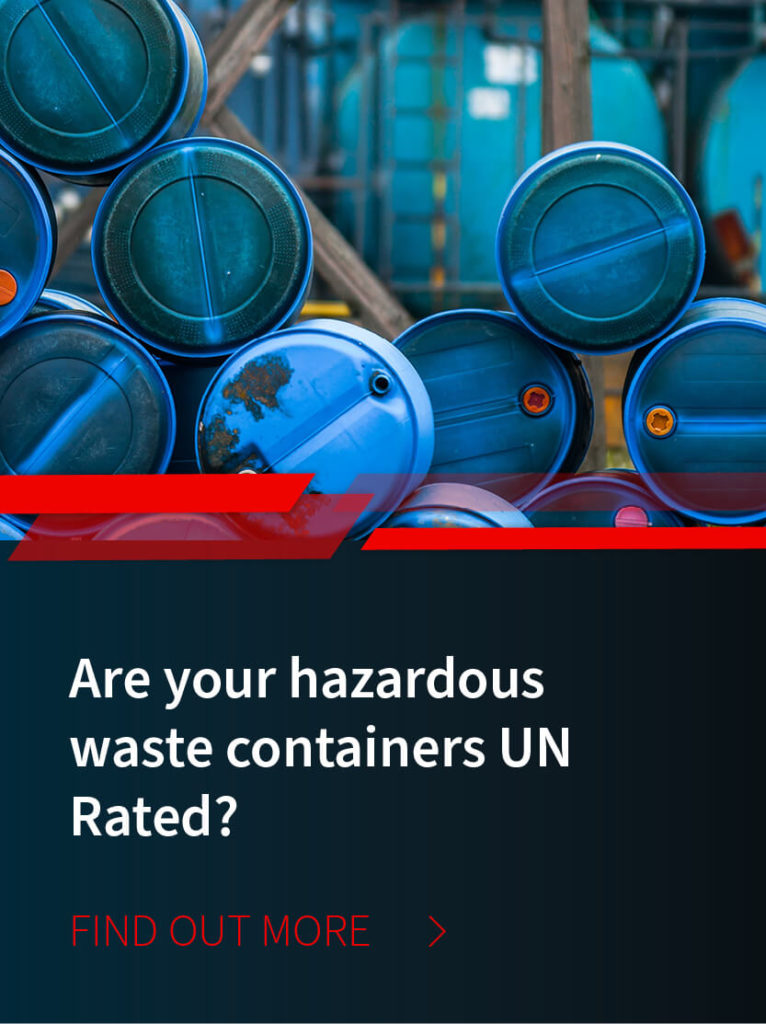
/ IN THIS BLOG
Do your employees know how to properly dispose of hazardous as well as non-hazardous waste in appropriate UN-rated containers? If they don’t, they should. Improperly disposing of any kind of waste can lead to massive penalties and damage to reputation.
One of the most important factors in compliant hazardous (and non-hazardous) waste disposal processes is selecting the proper container in which to place that waste. Several factors affect this decision. Any time you dispose of waste into a container, that container must be able to safely store that waste. That means that containers have different specifications, depending on the type of waste you're putting into it.
Details matter. Following are a few tips to help you and your employees determine what needs to go where, and why. First though, it’s important to know what a UN-rated container is.
01 / What are UN-rated Containers?
UN-rated containers are important types of containers that store and enable transport of hazardous waste. The UN stands for the United Nations. A brief overview of UN-rated containers started in the mid-1950s (during the Cold War years) as the world began to understand the dangers of transporting hazardous wastes by rail, by road, or even by air. The United Nations Economic and Social Council published a document titled, ‘Recommendations on the Transport of Dangerous Goods’ at that time, basically establishing procedures for shipping hazardous waste.
Today, waste transporters and facilities are more familiar with hazardous materials (HAZMAT) than ever before in regard to chemical or otherwise potentially dangerous components of wastes, such as medical or industrial hazards of such waste.
A UN-rated container utilizes a variety of colors, numbers, and symbols to define what types of waste are in any hazardous waste container. Such containers are approved by a specific set of standards in regard to construction, design, and components.
The key benefits of using a UN-rated container is the universal use and recognition of standardized labels of hazardous materials within or across borders. Be aware that in addition to the specs suggested by the United Nations, a number of global and domestic agencies also monitor hazardous waste storage and transportation, such as:
Occupational Health and Safety Administration
U.S. Departments of Transportation
Air Transport Association
Organisation for International Carriage by Rail
International Maritime Organization
Use of UN-rated containers is the safest way to not only ensure safe transportation of hazardous wastes, but in separating hazardous wastes from non-hazardous wastes, as well as in how such wastes are to be handled.
02 / Type of Waste Determines the Hazardous Waste Container
Waste containers come in a variety of materials, and some are simply incompatible with certain waste types. For example, corrosive waste can't go into a metal drum or container because a corrosive waste can eat through metal and cause leakage. Plastic containers are the safer, more suitable option for anything corrosive. Similarly, flammable waste is best contained to steel drums or pails.
Every employee also needs to be aware of everything that is actually put into any container. For example, even if a trace amount of reactive waste is added to other types of waste in a container, their contact with one another might trigger catastrophic results (fires, explosions, noxious fumes, and so on). This is why is it vitally important that waste streams must be segregated, stored, and transported based on their contents. Never mix any hazardous waste (no matter how minimal) with non-hazardous waste, or the contents of the entire container will be deemed hazardous.
03 / A Word about Non-Hazardous Waste Disposal
Obviously, hazardous waste containers must be selected with extreme care. Containers for non-hazardous waste can be chosen with a bit less stringency. Even so, it's still imperative to follow the letter of local, state, and federal laws as they pertain to container types of different types of waste. The container must be able to safely contain that waste.
For example, it's common for small amounts of non-hazardous waste to go into a five-gallon bucket. However, all precautions still need to be taken to ensure everything in that bucket is secure and properly readied for transport. The lid must be securely attached and all appropriate labels and paperwork must be accurate and complete.
Just because waste is "non-hazardous" doesn't mean it is not at all dangerous. Many types of non-hazardous waste cannot be disposed of in ‘traditional’ landfills, from latex paint to polymers to ink and more. Components of such wastes, even if they aren’t corrosive, toxic, ignitable, or flammable, can be (and often are) dangerous to the environment. Such wastes can leach into the soil, into water tables, and even make their way into rivers and lakes.
Therefore, precautions always need to be taken and waste generators must be aware of the types of waste being transported off-site for disposal. Correct use of UN-rated containers is essential for the safety of all, including the environment.
04 / Will Any Secure Container Work?
An untrained employee might think that it’s okay to put hazardous or even non-hazardous or infectious waste into any solid-looking, secure container. It is not!
Use of improper or non-compliant containers is one of the biggest mistakes people make when containerizing and transporting their waste. Whether you're dealing with hazardous materials or non-hazardous waste, you must use a UN-rated container. You'll know it is a UN-rated container if the barrel or container is marked with a small letter u’ and a small letter ‘n’ beneath it contained within a circle. Following the circle will be a set of letters and numbers that define its liquid or solid hazardous waste contents.
You’ll likely see additional symbols and/or markings on the container but it’s the UN circle that will ensure that the container is UN-compliant for hazardous waste.
Containers found in commercial home repair stores - no matter how sturdy and secure they might look - are not UN-rated, and therefore are not approved by the Department of Transportation (DOT). If the DOT stops a truck or other mode of transportation, even if you hired that company to transport that waste, and those containers are not compliant, YOU (the generator) will also be liable likely fined for non-compliance.
05 / Breaking down the UN-Rating
Remember that the ‘UN’ stands for United Nations and performance standards set out by this global body are internationally recognized. What does a UN-approved label look like? Here’s an example: UN 1H2/Y21/S/10/USA.
The first number following the UN designates the package or container material. So, for example:
1: Drum or pail
2: Wooden barrel
3: Jerrican
4: Bow
5: Bag
6: Composite Receptacle
The first letter after the number indicates the container material:
A: Steel
B: Aluminum
C: Natural Wood
D: Plywood
F: Reconstituted Wood
G: Fiberboard
H: Plastic
L: Textile
M: Paper (Multiwall)
N: Metal (but not steel or aluminum)
P: Glass, porcelain, or stoneware
The number ‘1’ following the letter means it's a closed-head container or has no removable top. The number ‘2’ indicates that the container has an open head.
The X, Y, or Z indicates the required packing group. Group I means the contents are the most hazardous while Group III is the least hazardous.
An ‘X’ container is compatible with Groups I, II, and III
A ‘Y’ container is compatible with Groups II and III
A ‘Z’ container is only compatible with Group III
Review the UN’s (United Nations Economic Commission for Europe and also includes North America, Asia, and over 50 member states in Europe) listing of Dangerous Goods List here.
The number following X, Y, or Z is the gross mass that the container has been tested and confirmed to handle. If you ship something in that container in excess of this number (container plus contents), you can be fined - even if there was no leaking or structural damage to the container. The ‘S’ in the above example indicates the waste is a solid.
Other numbers and letters may follow, such as the year of manufacture, the location of manufacture (such as the USA), and the manufacturing code.
It is strongly urged that any employees or transport facilities be trained and aware of ALL UN-rated marking designations to ensure compliance.
06 / Choose Wisely or Risk Fines for Non-compliance or Damages!
If you choose the incorrect container and it leaks or incurs structural collapse, you are absolutely liable to pay for any damages or cleanup associated with that spill. It doesn't matter if it wasn't leaking when it went on the truck; it doesn't matter if you didn't realize you couldn't use that type of container. Your motivation is irrelevant. If waste you generated causes damages during transport, you are financially liable. Period.
Ensure compliance by contacting an experienced and reputable hazardous waste management company for help selecting compliant containers. For additional information regarding safe and compliant containers for hazardous as well as non-hazardous materials or how to safely dispose of them contact a representative of MCF Environmental Services today. With over three decades of experience, we can help.
Robert Losurdo
President, COO








